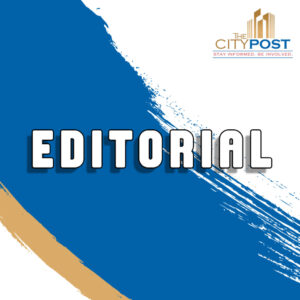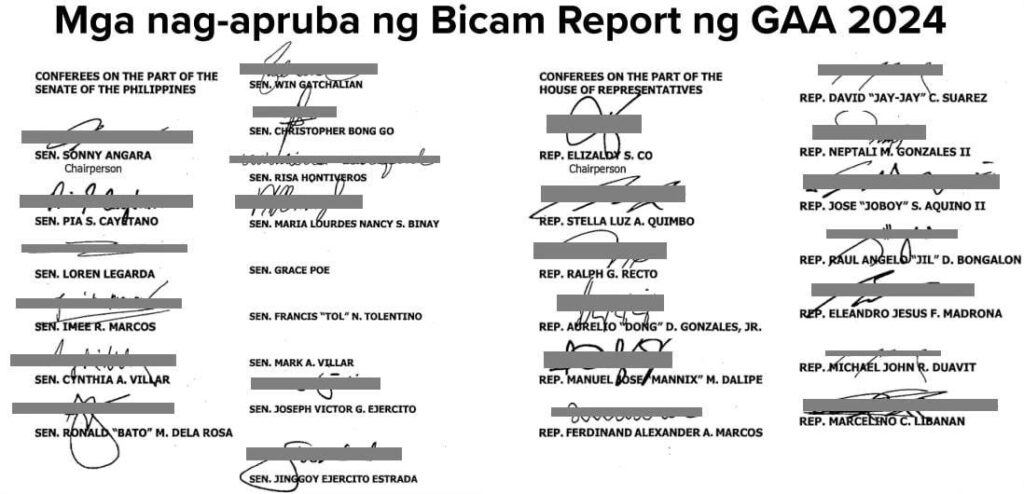The economic data copiously cited by the Marcos Jr. administration doesn’t square with the reality on the ground. The road to prosperity isn’t well paved but the regime may just use statistics to make a case that it much better than the road that Jack Kerouac’s “On the Road,” a 1951 novel about the Beat Generation’s search for meaning, travelled by. There is a life beyond drug use and counterculture’s stream-of-consciousness prose. That life eludes 59% of the country’s self-rated poor.
Since last year, the administration has been window-dressing statistics to show that under the regime’s excellent management of the economy, the overall national debt has been decreasing every quarter, unemployment is sinking despite low foreign direct investments (FDI) and the impact of PGO and the Chinese underground economy represented by the Philippine Overseas Gaming Operations (POGOs) which the unlamented Duterte regime institutionalized via Executive Order No. 13, which allowed them to operate with least control outside of economic zones. The quislings in the Senate said amen to the misguided Duterte order.
What can be seen now is the massaging of poverty statistics, releasing quarterly editions that tackle the movements in self-rated poverty, using the official, but mistaken, thresholds. The latest Social Weather Stations (SWS) surveys show that the poverty level has worsened, rather than improved, giving the “Bagong Pilipinas” mantra a bad name and being recycled as “Bagoong Pilipinas,” with everyone “nabalagoong sa kahirapan.” Both the PSA and NEDA, abetted by SWS stats, tried to dice them into chewable servings, romanticizing poverty in the process. This reminds all of us that Oscar Lewis’s “culture of poverty” scholarship never allowed the poor to climb the social ladder and neither did it compel countries to democratize wealth.
As Jerome Adonis of the Kilusang Mayo Uno (KMU) succinctly described it, the Presidential Communication Office (PCO) has been making a mountain out of a molehill about the reduction of headline inflation from 3.3% in August to 1.9% in September. What the figure really means is that the rate of increase in the prices of commodities upon which the headline inflation is based just slowed a bit in that month. The third quarter is the time when importers bring in huge volumes of goods and when oil companies bring in products to last until the first quarter of next year. Much ado has been raised about the reduction of unemployment from 4.7% in August to just 4% today but nothing is said about the quality of jobs. The supply chain needs to move goods, and the jobs generated are temporary or seasonal.
Late on Oct. 9, 2024, the SWS found that 59% of all Filipino families consider themselves poor, 13% say they are “borderline” while 28% rate themselves as “hindi mahirap” or not poor. The figure is the highest since 2008. Of the 16.3 million self-rated poor families last month, 2.5 million were newly poor, 2.3 million were usually poor, and 11.5 million were always poor. What should surprise NEDA, PSA and the Marcos Jr. administration is that 40% of the annual government budget is lost to graft and this money, estimated at P2.5-trillion, is so much that it could permit 15-million poor Filipinos to rise above the poverty threshold.
Overall, SWS explained, self-rated poverty rose by 1% from June 2024. By definition, borderline poverty is poverty per se, and it we go by technical terms, the poverty level should be 72% nationwide, not an exciting finding for NEDA’s Arsenio Balisacan, who has been tweaking the basket of goods necessary for each Filipino to survive and fiddling with the minimum wage necessary for each citizen’s belly to be full. This quarter, only P64 is needed to eat three square meals a day. Let’s ask how top economists and lawmakers, along with their paramours, could subsist on that amount per day.
What should further rankle Balisacan was the 33.3% increase self-rated poverty in Metro Manila, which skyrocketed from 39% in June to 52% in September. This means that Metro Manila has the 4th worst regional record, with Mindanao at 67%, Visayas at 62 % and Balance Luzon at 55%. percent, and Metro Manila at 52 percent. The metropolis is a natural magnet for labor since the marginal cost of labor is higher compared to other regions. However, the increase in self-rated poverty in the National Capital Region (NCR) betrays the inadequacy of the minimum wage to sustain worker families. With the economic situation going from bad to worse, expect more children to die from malnutrition. The current figure is ugly as 93 defenseless children die from hunger daily or 34,000 every year.
While the Marcos Jr. administration justified the increase of P450 billion in unprogrammed appropriations (UA) for 2024, lawmakers said the UA was bloated by the bicameral committee to P731.4 billion from the original proposal of P281.9 billion, naturally with Malacanang’s blessing. For next year, bless their hearts, government apparently relented from abusing the UA, which has been funded from the sequestered cash of government- and -controlled corporations (GOCCs) like PhilHealth or from cash reserved for foreign-funded projects like the billions earmarked for flood control projects that have not been used. From the P450-billion UA this year, the Department of Budget and Management (DBM) has allocated a “measly” P158.6 billion for 2025, a decrease of P572 billion or 78.31% from the 731 allocations for this year. Who controlled those 731 infrastructure projects and social programs for this election year? The bicameral committee should answer that.




